
Glossary of terms
Content
Skos
 A bevel placed on the edge of an object is a slanted face that is not perpendicular (at right angles) to the other faces of the object. For example, the blade of a knife is bevelled.
A bevel placed on the edge of an object is a slanted face that is not perpendicular (at right angles) to the other faces of the object. For example, the blade of a knife is bevelled.brittle
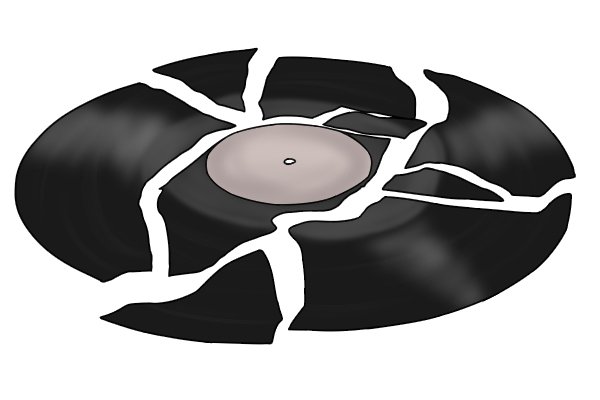 The brittleness of a material is a measure of how easily it will break and shatter rather than stretch or shrink when stress forces are applied to it.
The brittleness of a material is a measure of how easily it will break and shatter rather than stretch or shrink when stress forces are applied to it.(Zhernova)
 Raised pieces of metal that protrude above the surface of an object.
Raised pieces of metal that protrude above the surface of an object.deflection
 Deviation is a measure of how much an object displaces (moves). This can be either under load, as in load deflection, or under the object's own weight, as in natural deflection.
Deviation is a measure of how much an object displaces (moves). This can be either under load, as in load deflection, or under the object's own weight, as in natural deflection.plastic
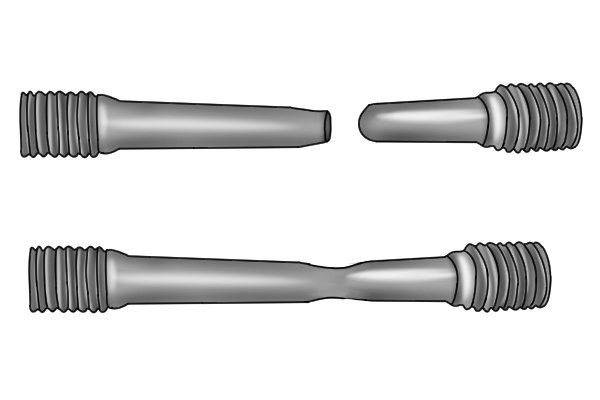 Ductility is the ability of a material to change its shape or stretch under stress without breaking.
Ductility is the ability of a material to change its shape or stretch under stress without breaking.Hardness
 Hardness is a measure of how well a material resists scratching and changing its shape when force is applied to it.
Hardness is a measure of how well a material resists scratching and changing its shape when force is applied to it.Parallel
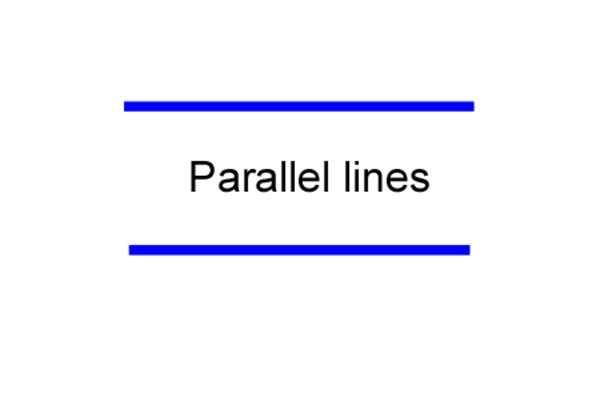 When two surfaces or lines are at the same distance from each other along their entire length, i.e. they will never intersect.
When two surfaces or lines are at the same distance from each other along their entire length, i.e. they will never intersect.extinguishing
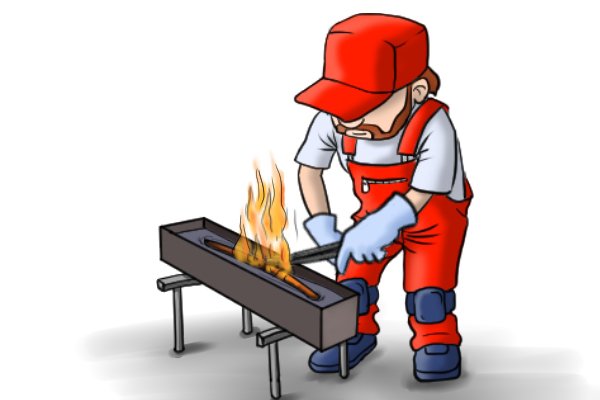 Hardening is the process of rapidly cooling metal during production, often using water.
Hardening is the process of rapidly cooling metal during production, often using water.This is done as part of a heat treatment to achieve desired metal properties such as strength and hardness.
Hardness
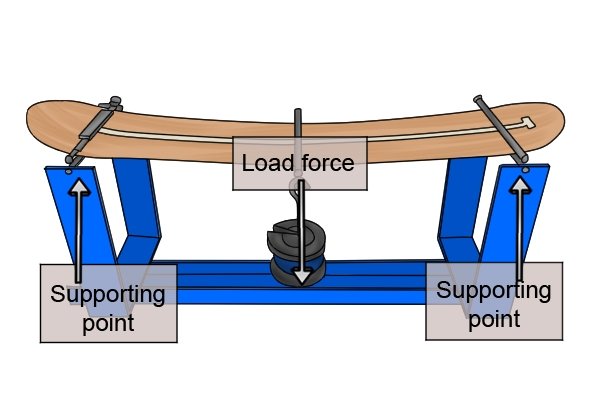 Rigidity or rigidity is a measure of an object's ability to resist deflection or deformation of its shape when a force is applied to it.
Rigidity or rigidity is a measure of an object's ability to resist deflection or deformation of its shape when a force is applied to it.Rust
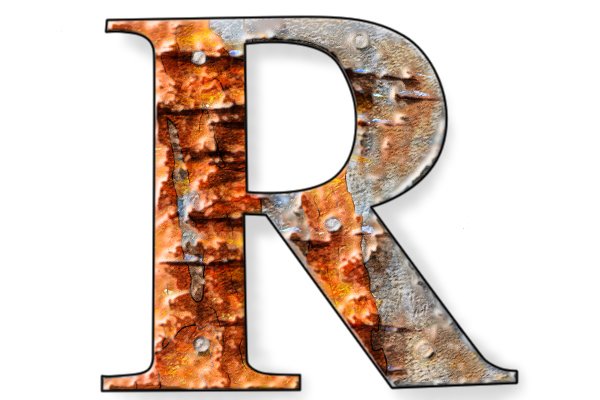 Rusting is a form of corrosion that metals containing iron undergo. This occurs when such metals are left unprotected in the presence of oxygen and moisture in the atmosphere.
Rusting is a form of corrosion that metals containing iron undergo. This occurs when such metals are left unprotected in the presence of oxygen and moisture in the atmosphere.Square
 Two sides are called straight with respect to each other if the angle between them is 90 (right angle).
Two sides are called straight with respect to each other if the angle between them is 90 (right angle).Tolerance
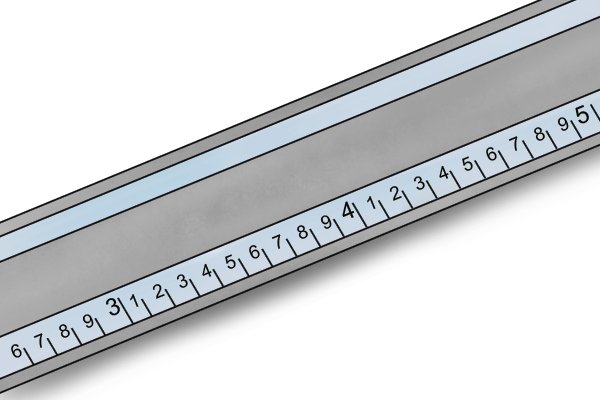 Item tolerances are allowable errors in the physical dimensions of an item. No item is ever exactly sized, so tolerances are used to ensure consistent tolerances from the ideal size. For example, if you cut a piece of wood 1 m long, it may actually be 1.001 m. Or a millimeter (0.001 m) longer than expected. If the tolerance for this piece of wood was ±0.001 m, then this would be acceptable. However, if the tolerance were ±0.0005 m, this would be unacceptable and would not pass the quality test.
Item tolerances are allowable errors in the physical dimensions of an item. No item is ever exactly sized, so tolerances are used to ensure consistent tolerances from the ideal size. For example, if you cut a piece of wood 1 m long, it may actually be 1.001 m. Or a millimeter (0.001 m) longer than expected. If the tolerance for this piece of wood was ±0.001 m, then this would be acceptable. However, if the tolerance were ±0.0005 m, this would be unacceptable and would not pass the quality test.Strength
 Strength is a measure of a material's ability to stretch or contract without breaking or breaking when a force is applied to it.
Strength is a measure of a material's ability to stretch or contract without breaking or breaking when a force is applied to it.
